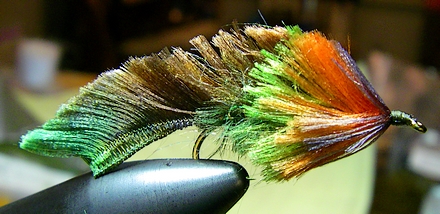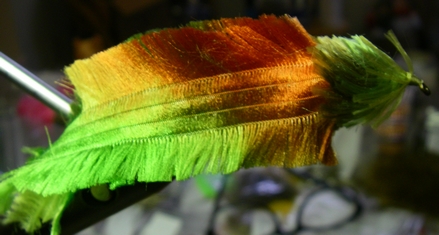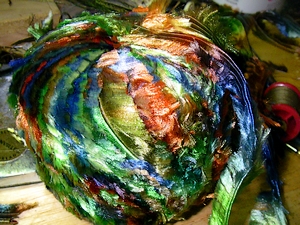I stopped fighting it long ago. You’re standing there holding your gal’s purse while she’s swearing in the changing room attempting to make the size she wore in High School make it over the convex of midlife …
Guys have it so easy, “I need a bigger pants size … must be I’m hung better.” Whatever the inner voice whispers, it’s lying to them and dissembling to us.
Good trade.
I get the same voice whispering at me when I’m fondling some gawd-awful material last worn by the Bee-Gee’s, and even then it was questionable.
Roughfisher calls it “Clownshoes” – and I do my best to defend an “artistic challenge” – figuring that was the reaction all them other fly tiers had – and how my pending discovery of an unknown fish weakness for Pink Lame’ is about to change fly fishing forever.
That same voice claims Van Gogh sold nothing early in his career ..
A break in the weather afforded an opportunity to stomp gravel, and I was quick to take advantage – in spite of a month of zero luck. By now the lower river had consumed the piles of goat guts, allowing me to use the bridge access without fainting.
I stuffed the latest 10 “Clownshoe” candidates in an upper pocket and figured I had enough time to roundtrip four miles before them big gray thunderheads drew close.

I had a couple new yarns from Turkey – and the little voice yammered overtime – I took one look at the rainbow color and polyamide braided mayfly nymphs leapt out of the vice. The above samples are size 14.
Polyamide (a form of nylon) has a sheen that becomes translucent in water. The double eyelash streamers had shown me just how remarkable it looks – so I figured a smaller gauge would lend itself to mayflies and damsel nymphs.
Four miles later I was still wondering – the lower river was lifeless.
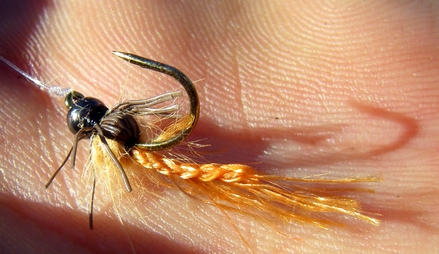
The physics trials went really well, but the fish are nowhere to be found. Tied on the small scud hooks with a 2mm gunmetal bead, the fly flops over nicely and rides hook point up – a requirement for Brownline fishing.
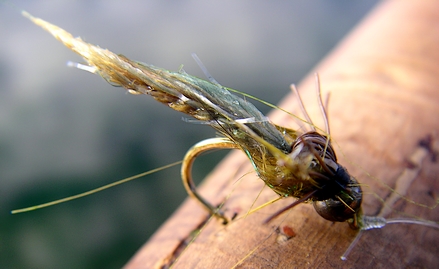
The translucent effect is still present, the braided area is opaque and the filaments turn ghost-like when wet. It’s a promising look that we’ll try later, when the fish have decided to eat again.
One ball of yarn and all the colors in the rainbow makes a daunting artistic challenge.
The disco yarn even looked good – but this will have to wait until the next steelhead trip – or Spring, when the good citizens of the Little Stinking abandon all semblance of refinement and eat broken glass …
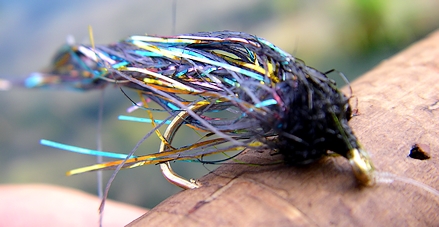
It’s another Turkish export, 65% Polyamide and 35% Mylar – and it’s bright enough to make you cringe, just what’s needed to make a big Steelhead hear the little voice that tells him, “Shazam!..”
Just be glad Ma didn’t gift you this sweater for Christmas …
I was thinking durable – how I might singe the end with a lighter just to make sure it didn’t unravel, when a big Sacramento Sucker came upstream at me with “Durable” written on his back..
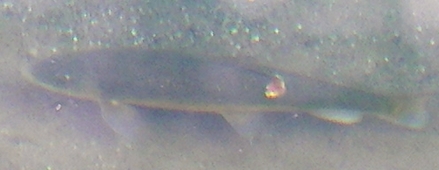
Despite his appearance he was mighty lucky, Osprey don’t usually lose their grip. In his case, his weight tore the talons out taking with it a walnut sized chunk of his back. This fish is about 24″ long – he’ll live.

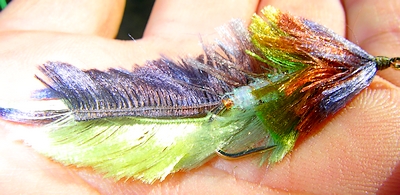
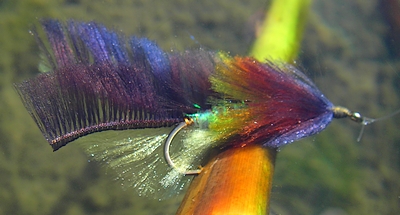
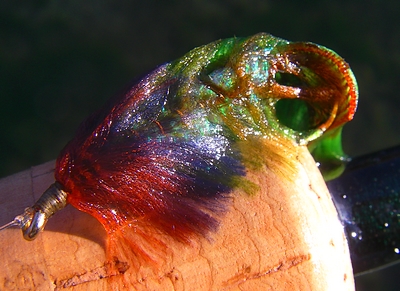
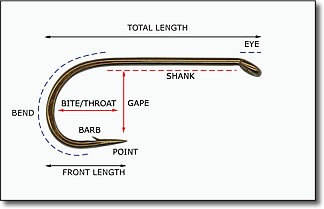
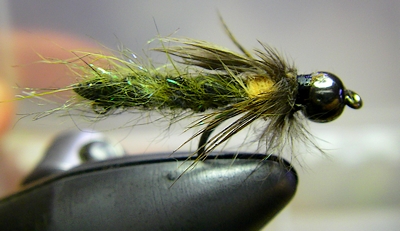

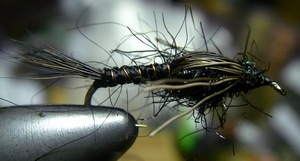
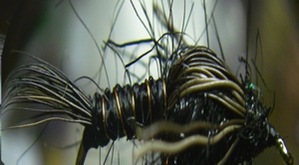 Fish vision is not binocular, they must integrate two separate images of the same scene when looking to the front. There is a gap of missing information between the two images – as fish have eyes mounted on their sides and cannot see what’s in front of their nose.
Fish vision is not binocular, they must integrate two separate images of the same scene when looking to the front. There is a gap of missing information between the two images – as fish have eyes mounted on their sides and cannot see what’s in front of their nose.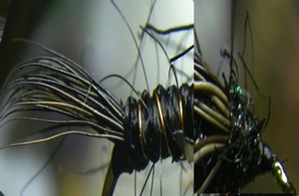 Fish eyes have evolved over many millions of years in a pristine environment, now the Man has “muddied the waters” vision is limited by turbidity, and fish diets are changing –
Fish eyes have evolved over many millions of years in a pristine environment, now the Man has “muddied the waters” vision is limited by turbidity, and fish diets are changing – 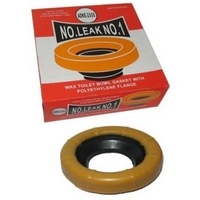 I’ve always assumed it fell from favor based on the unyielding goo Danville dips its spools into, their idea of waxed thread doesn’t share any of the properties that made wax a staple on every fly tying bench.
I’ve always assumed it fell from favor based on the unyielding goo Danville dips its spools into, their idea of waxed thread doesn’t share any of the properties that made wax a staple on every fly tying bench.
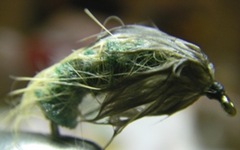 stroked with wax, then amber rabbit dubbed onto the chenille, which is spun, trapping the fibers. It’s a simple caddis imitation that once dampened offers a good looking scruffy pupa – akin to what Gary Lafontaine was after …
stroked with wax, then amber rabbit dubbed onto the chenille, which is spun, trapping the fibers. It’s a simple caddis imitation that once dampened offers a good looking scruffy pupa – akin to what Gary Lafontaine was after … There’s thousands of glues, lacquers, shellacs, and cements, but no such thing as “head cement,” that’s a term we invented to describe grabbing a gallon jug of something used in the woodworking industry, decanting into a tiny little jar and selling it for 97 times what the jug costs.
There’s thousands of glues, lacquers, shellacs, and cements, but no such thing as “head cement,” that’s a term we invented to describe grabbing a gallon jug of something used in the woodworking industry, decanting into a tiny little jar and selling it for 97 times what the jug costs.